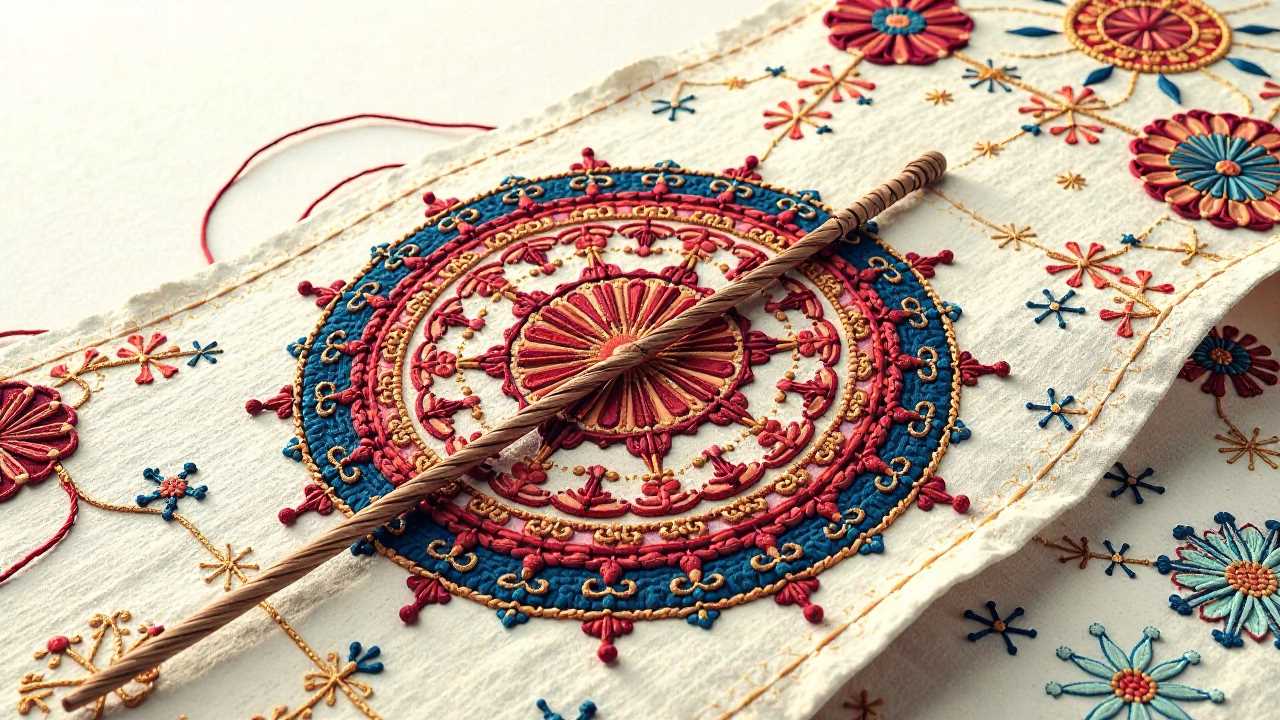
The Timeless Allure of Embroidery
Embroidery has long been a cherished craft, weaving together textiles and artistry to create stunning visual narratives. This intricate form of stitching transcends mere decoration; it embodies culture, tradition, and personal expression. From ancient civilizations to modern fashion runways, embroidery remains a powerful tool in the world of couture. It allows designers and artisans to showcase their creativity while adding depth and character to garments.
Understanding the Basics of Embroidery
At its core, embroidery involves the embellishment of fabric using needle and thread. The beauty of this art lies in its versatility. Various patterns can be created, ranging from simple motifs to complex designs that tell a story. The choice of textiles plays a significant role in the overall outcome. Different fabrics respond uniquely to various stitching techniques, making the selection process vital for achieving the desired effect.
Cotton, silk, and linen are popular choices, each offering distinct textures and finishes. Cotton is durable and easy to work with, making it ideal for beginners. Silk, on the other hand, adds a luxurious touch, while linen provides a rustic charm. Understanding these materials allows us to choose the right fabric that complements our embroidery vision.
Exploring Different Embroidery Techniques
Embroidery encompasses a wide array of techniques, each with its unique flair. Mastering these techniques can elevate our work and set our creations apart. Here are some essential methods to consider:
1. Satin Stitch: This technique involves filling in shapes with closely spaced stitches, creating a smooth and shiny finish. It is perfect for solid areas of color and can be used to create intricate designs.
2. Backstitch: A fundamental technique that creates a continuous line, backstitch is often used for outlining designs. Its simplicity makes it a favorite among beginners.
3. Appliqué: This method involves sewing a piece of fabric onto a larger piece to create a design. It adds dimension and texture, making it a popular choice in couture fashion.
4. French Knot: A charming technique that creates small, raised dots, French knots add a playful element to embroidery. They are often used to embellish floral designs or add detail to patterns.
5. Chain Stitch: This decorative stitch resembles a chain and is often used for outlining and filling in shapes. Its unique appearance adds a touch of elegance to any design.
By mastering these techniques, we can create stunning pieces that reflect our personal style and artistic vision.
The Role of Patterns in Embroidery
Patterns are the blueprint of any embroidery project. They guide our stitching and help us visualize the final outcome. Whether we opt for traditional motifs or contemporary designs, the choice of pattern can significantly impact the overall aesthetic of our work.
When selecting a pattern, consider the theme and purpose of the embroidery. Floral designs evoke a sense of romance, while geometric patterns convey modernity. Additionally, we can create our own patterns, allowing for complete creative freedom. This personal touch not only enhances our skills but also results in unique pieces that stand out.
Incorporating Embellishments for Added Flair
Embellishments are the finishing touches that can transform a simple embroidery project into a masterpiece. From beads to sequins, these decorative elements add depth and dimension to our work. They can be strategically placed to highlight specific areas or used to create an overall sparkle.
When incorporating embellishments, it’s essential to maintain balance. Too many embellishments can overwhelm the design, while too few may leave it feeling flat. Striking the right balance ensures that our embroidery remains elegant and visually appealing.
The Future of Embroidery in Fashion
As we look to the future, the role of embroidery in fashion continues to evolve. Designers are increasingly embracing this art form, incorporating it into their collections to create unique, statement pieces. The rise of sustainable fashion has also led to a resurgence in hand-stitched embroidery, as consumers seek out artisanal craftsmanship and one-of-a-kind items.
Moreover, technology is playing a pivotal role in the evolution of embroidery. Digital embroidery machines allow for intricate designs to be produced with precision and speed. However, the charm of hand-stitched embroidery remains irreplaceable, as it carries the personal touch of the artisan.
Embracing the Art of Embroidery
Embroidery is more than just a craft; it is a means of self-expression and creativity. By mastering the techniques of stitching, understanding the importance of textiles, and exploring the world of appliqué and embellishments, we can create stunning pieces that reflect our individuality. As we continue to embrace this timeless art form, we contribute to its legacy, ensuring that embroidery remains a vital part of the fashion landscape for generations to come.
 SportsHollywoodLifestyleFashionHome & GardenTrendsPrivacy PolicyTerms And Conditions
SportsHollywoodLifestyleFashionHome & GardenTrendsPrivacy PolicyTerms And Conditions
